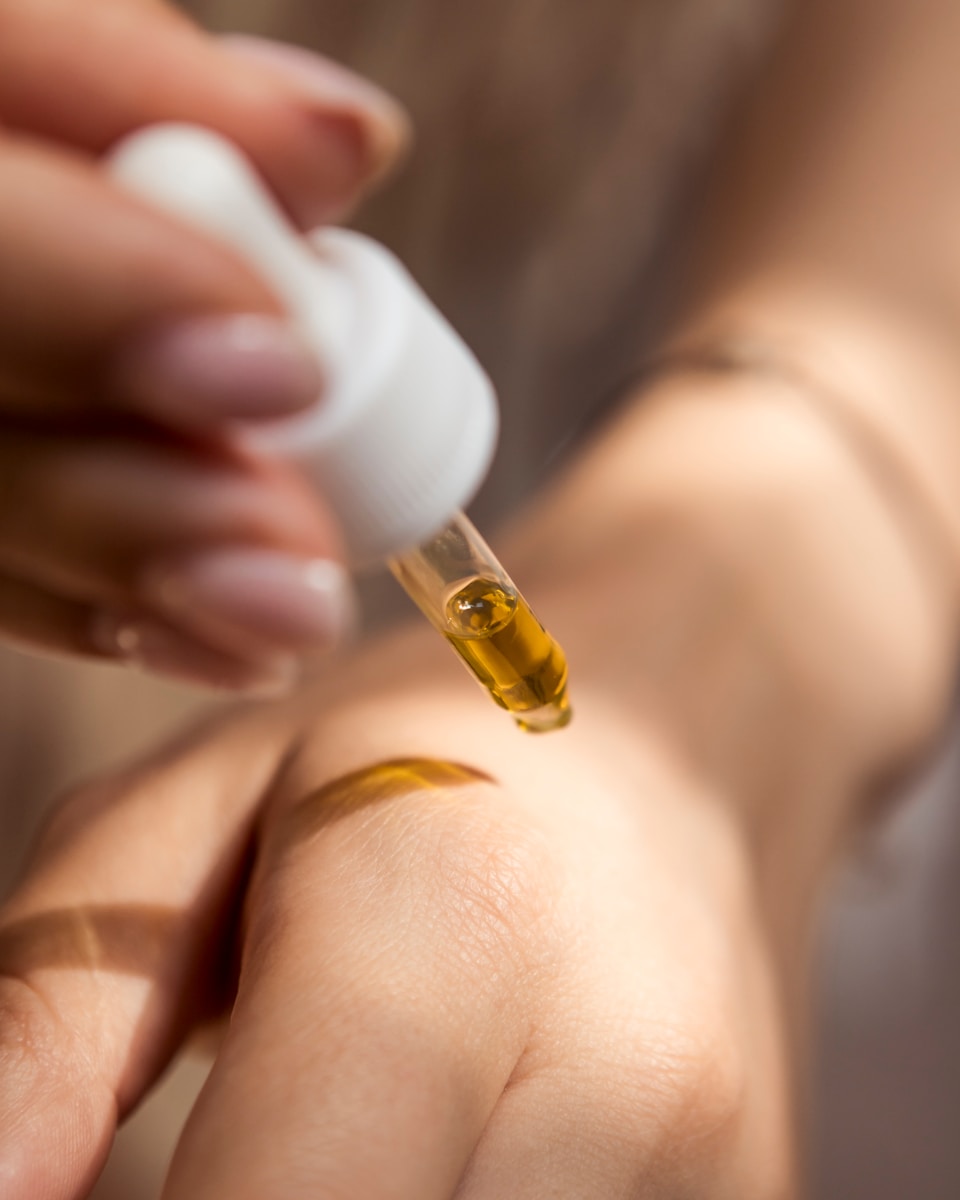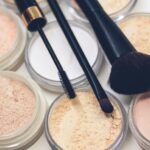
Exfoliation is a key step in achieving smooth, radiant skin, but it must be done correctly to avoid irritation and damage. Here’s a comprehensive guide to the do’s and don’ts of exfoliating to ensure you reap the benefits without compromising your skin’s health.
Do’s
Do Choose the Right Type of Exfoliant
There are two main types of exfoliants: physical (scrubs, brushes) and chemical (AHAs, BHAs). Select one based on your skin type. For sensitive skin, gentle chemical exfoliants are often better tolerated than scrubs.
Do Exfoliate Regularly, But Not Too Often
Aim to exfoliate 1-3 times a week, depending on your skin type. Oily skin can tolerate more frequent exfoliation, while dry or sensitive skin may need less. Pay attention to your skin’s response and adjust accordingly.
Do Follow Up with Hydration
After exfoliating, your skin may feel dry or tight. Always follow up with a hydrating serum or moisturizer to replenish moisture and soothe the skin. Ingredients like hyaluronic acid and glycerin work well for this purpose.
Do Patch Test New Products
Before introducing a new exfoliant into your routine, conduct a patch test on a small area of skin. This can help you identify any potential reactions before applying it to your entire face.
Do Exfoliate Gently
Whether you’re using a scrub or a chemical exfoliant, be gentle. For physical exfoliants, avoid applying too much pressure. For chemical exfoliants, follow the recommended application time and frequency.
Don’ts
Don’t Over-Exfoliate
Excessive exfoliation can lead to irritation, redness, and even damage to the skin barrier. If your skin feels sensitive or looks inflamed, cut back on your exfoliation routine.
Don’t Use Harsh Scrubs
Avoid exfoliants with large, rough particles (like crushed shells or walnut shells) that can create micro-tears in the skin. Opt for scrubs with fine particles or a chemical exfoliant for a gentler approach.
Don’t Exfoliate Open Wounds or Irritated Skin
If you have cuts, sunburn, or conditions like eczema or rosacea, skip exfoliating until your skin has healed. Exfoliating compromised skin can exacerbate irritation and lead to further issues.
Don’t Forget Sunscreen
Exfoliation can make your skin more sensitive to the sun. Always apply broad-spectrum sunscreen during the day, especially after exfoliating. This protects your skin from UV damage and prevents hyperpigmentation.
Don’t Mix Different Exfoliants
Avoid using multiple exfoliating products simultaneously, such as a physical scrub and a chemical exfoliant. This can increase the risk of irritation. Stick to one type of exfoliation at a time to minimize potential damage.
Conclusion
Exfoliating is an essential part of any skincare routine, but it must be approached with care. By following these do’s and don’ts, you can enhance your skin’s texture and glow without compromising its health. Remember, moderation and gentleness are key to achieving beautiful, radiant skin!

